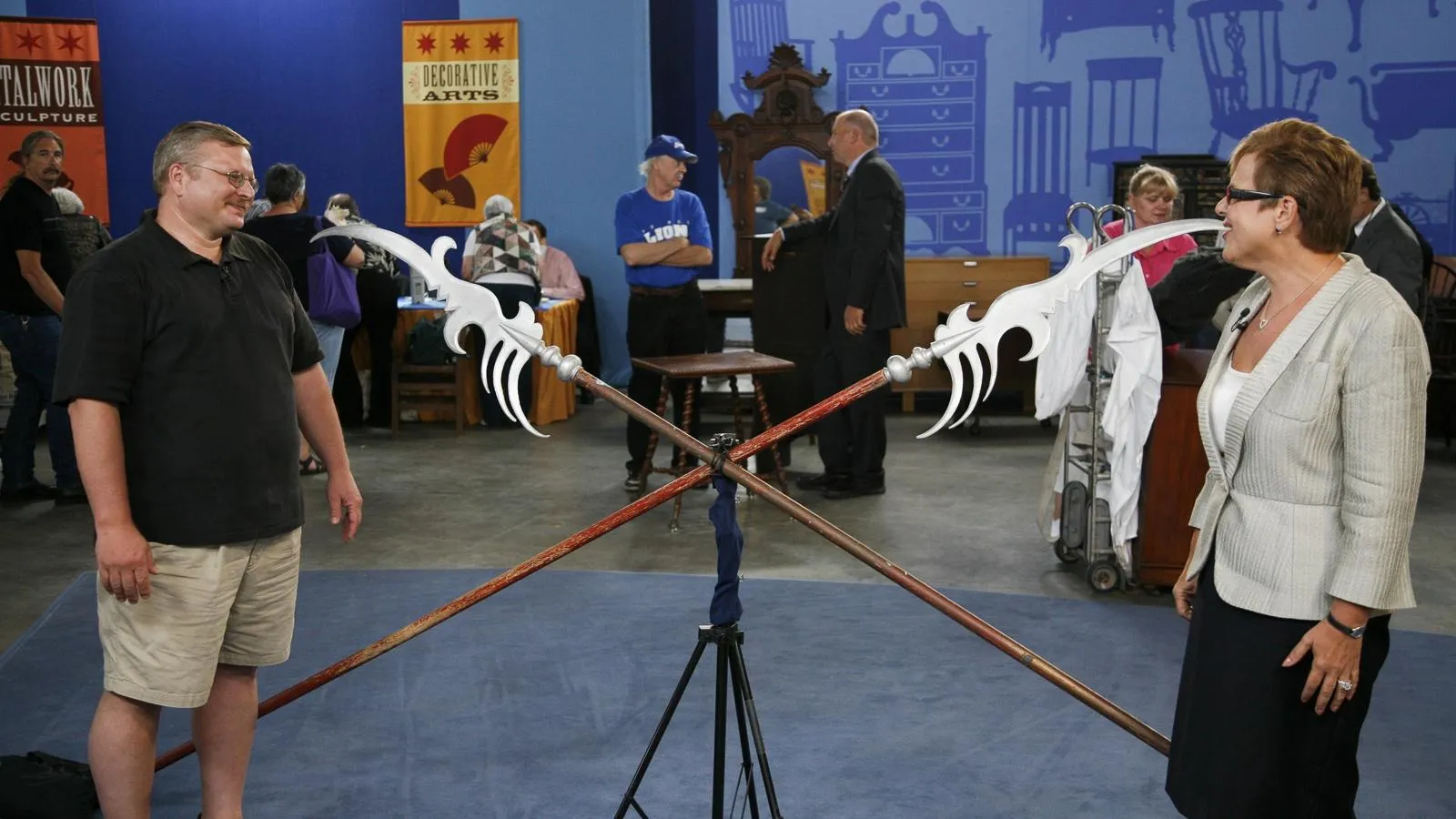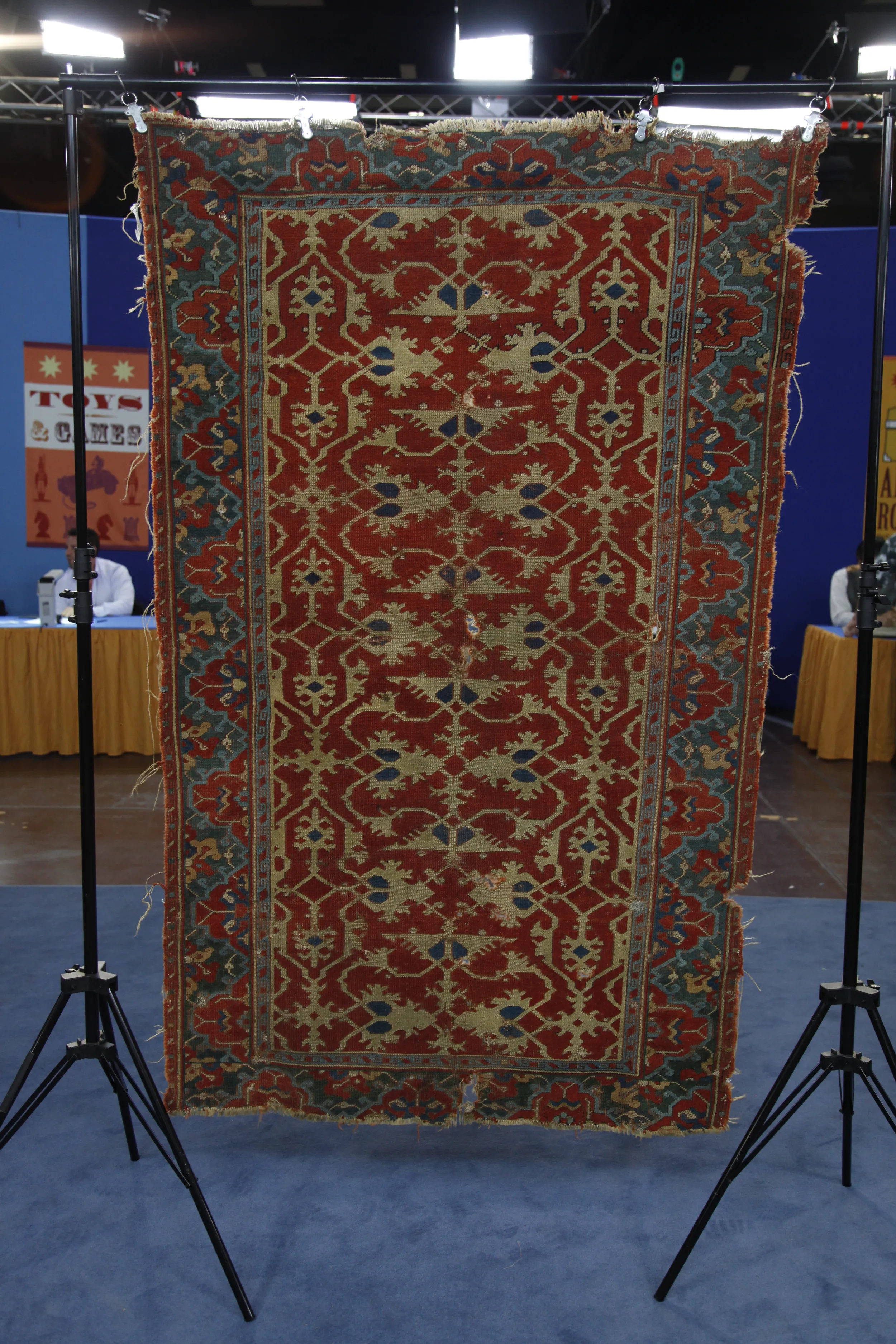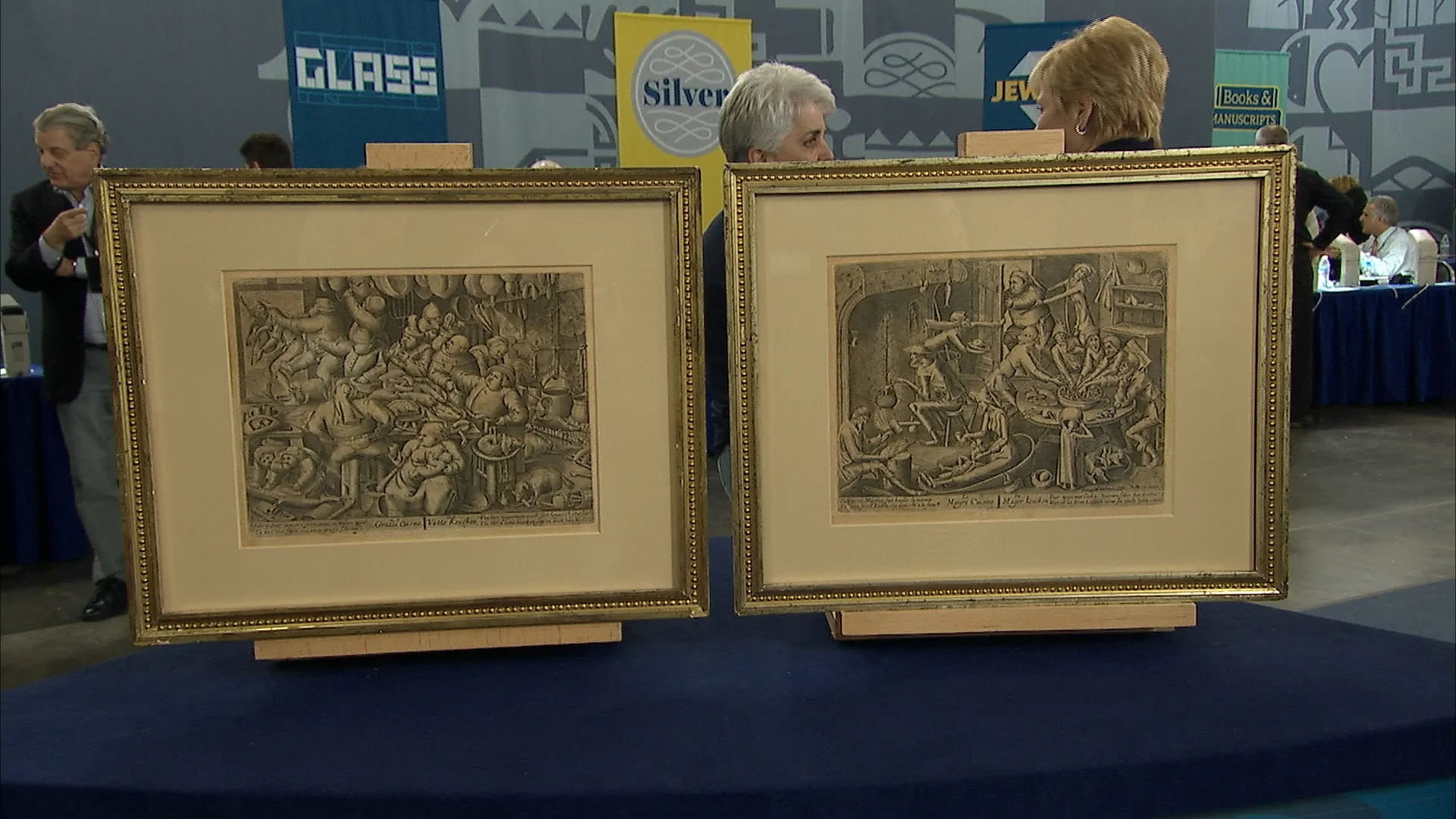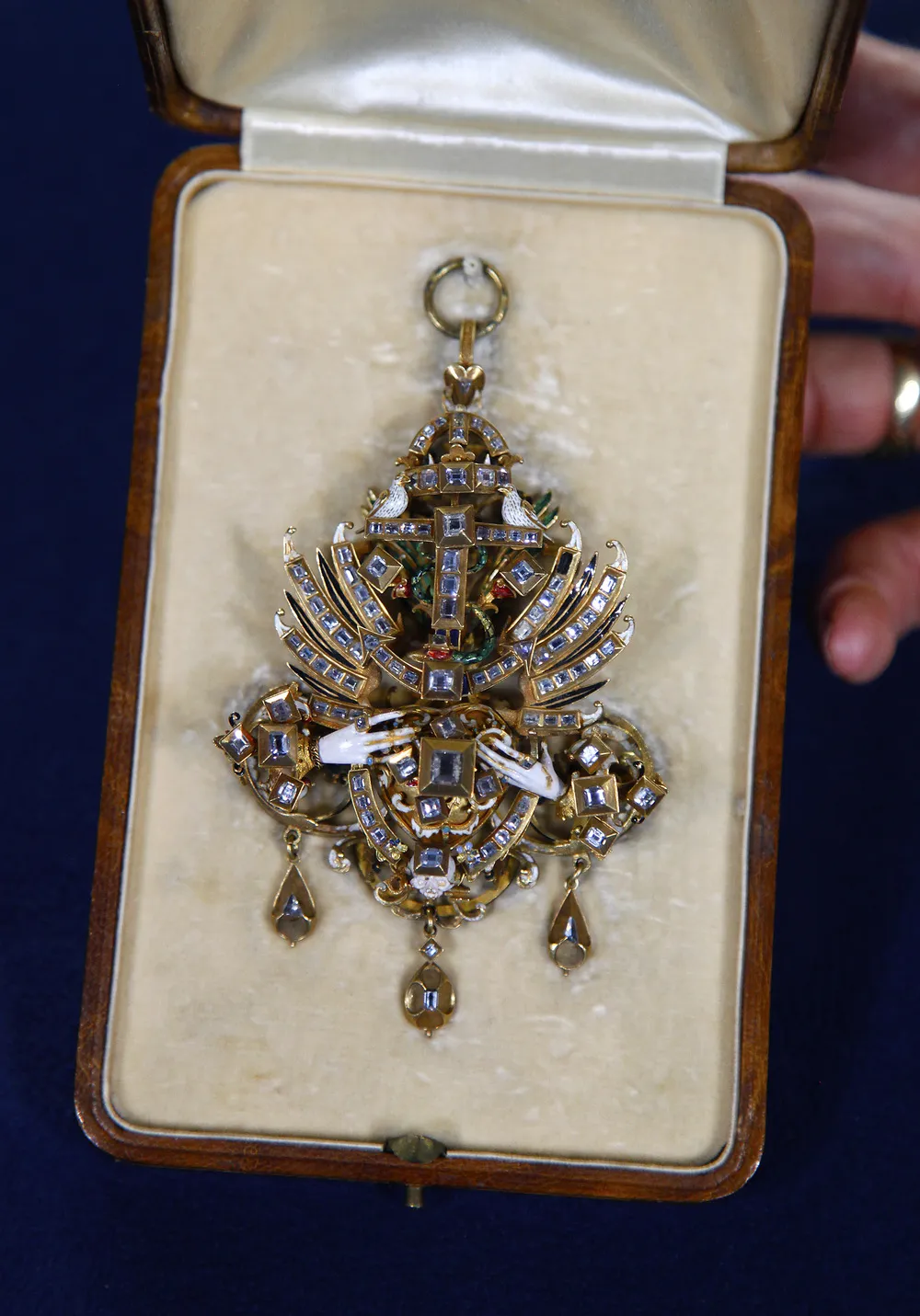GUEST: This is an etching print, which I believe may be a Dürer, but I'm not sure. About 30-something years ago, my partner used to be an avid collector, um, although we were, uh, college students back then.
APPRAISER: And did he collect only prints, or was it across...
GUEST: Oh, no, he, he collected anything that he thought had, uh, a quality that he appreciated.
APPRAISER: It is an engraving, not an etching.
GUEST: Oh.
APPRAISER: And the artist's name, you're right, is Albrecht Dürer. He was a German artist who worked in the early 1500s. He died in 1528…
GUEST: Hmm.
APPRAISER: ….and he made a couple of hundred engravings and several hundred woodcuts.
GUEST: Oh.
APPRAISER: As well as a handful of etchings. This is a portrait of one of his first patrons…
GUEST: Hmm.
APPRAISER: one of the first men who supported his artistic endeavors. And it's Frederick the Wise, who was Elector of Saxony in Germany. And it's a portrait that he made-- you can see down here-- in 1524. Here you can see, the first three lines are a dedication to Frederick. Then you can see here: Frederick, Duke of Saxony. This is all in Latin, by the way. And then you can see that Dürer signed it here with his full name, Albertus Dürer. NUR stands for Nuremberg. That's the city where Dürer lived and worked. And then "faciebat" is Latin for "made this." So Dürer is saying, "I made this." Again, on the print, you see up here Dürer’s initials, A.D. Most people looking at this might not assume initially that it's an engraving, because people are looking for a plate mark in an engraving or an etching. And you don't have a plate mark on this sheet. That's because it's been trimmed down right up to the edge of the plate. That was something that was commonly done by collectors early on.
GUEST: Oh.
APPRAISER: From the 1600s through the 1900s, they would trim down their prints and paste them into albums. It wasn't so much in style to frame up a print and put it on the wall, as we do today.
GUEST: Mm-hmm.
APPRAISER: Another neat thing about Dürer’s portraits-- and actually a lot of portraits from this time, the Renaissance period-- is the belief that the eyes are the windows to the soul. And if you look very closely at this print, on both pupils, you'll see four windowpanes. So they take it quite literally that the eyes are the windows to the soul. The plate for this print was made in 1524. The plate survived Dürer’s death and was printed from late in the 1500s and into the early 1600s. I can tell from the quality of the printing and from the paper that it's on that this particular impression was made closer to 1600 than to 1524. So it is a posthumous impression. At auction, I would give this a value of $5,000 to $8,000.
GUEST: Mm.












